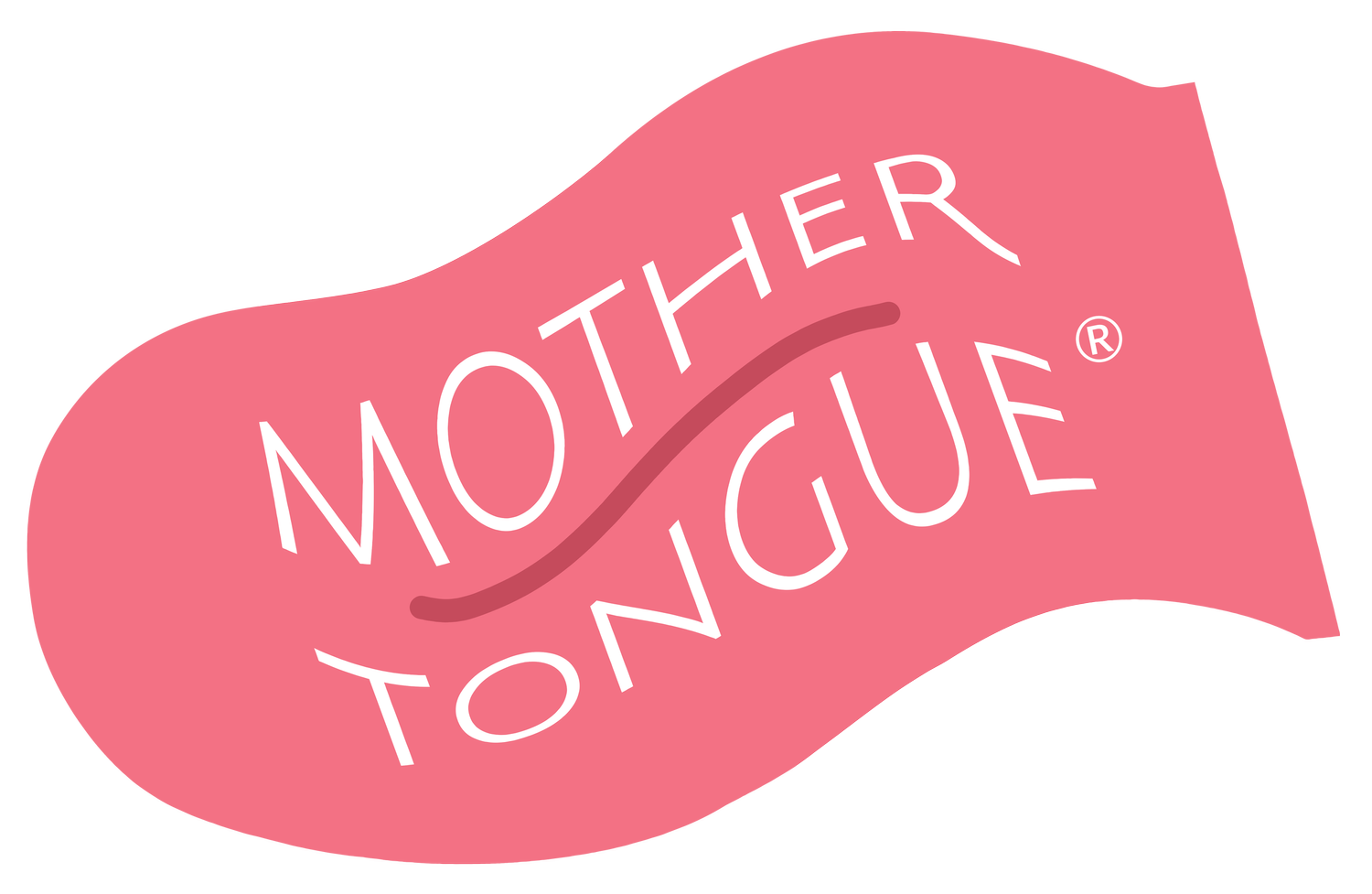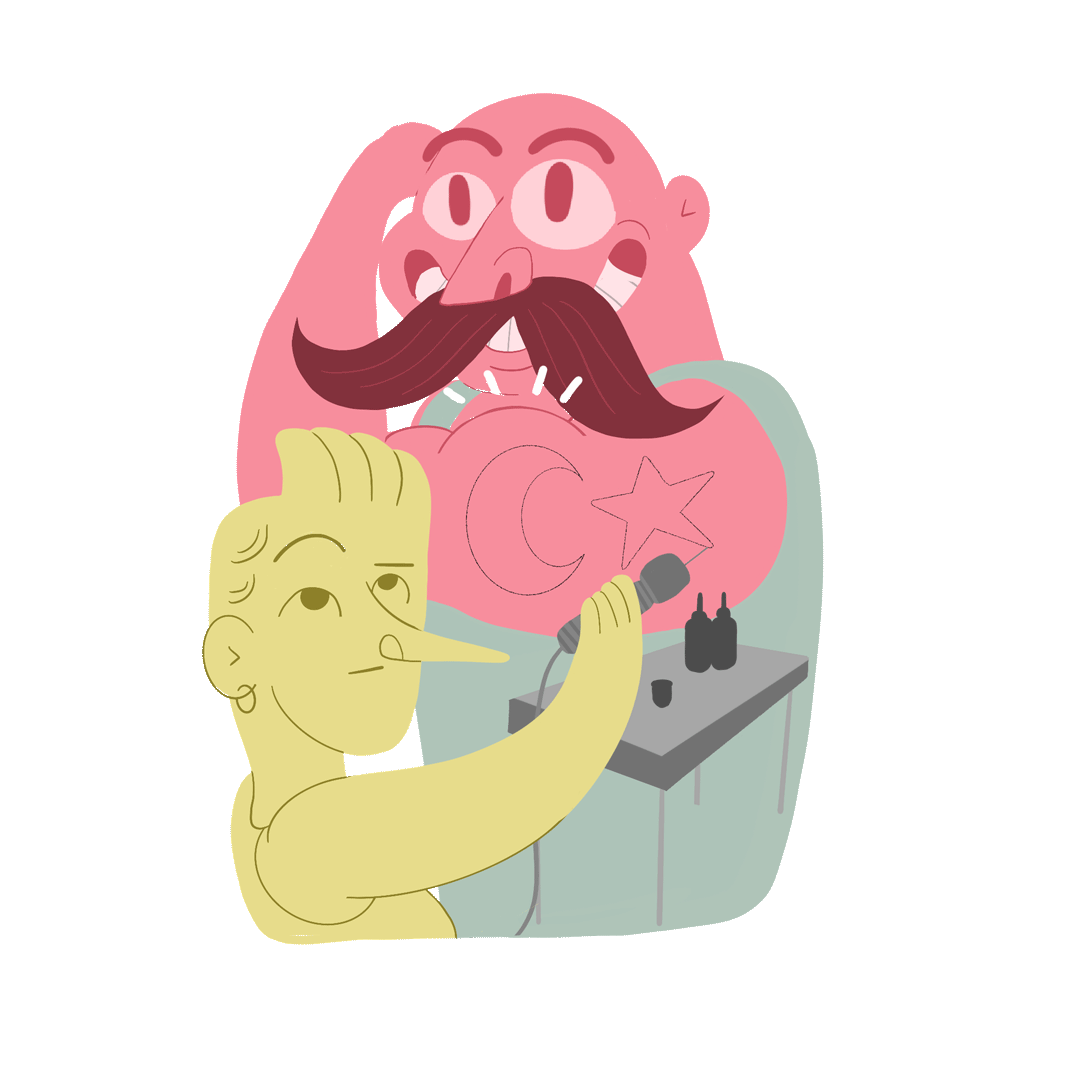Frequently Asked Questions
-
No, Mother Tongue is not about nationalism. It is not a political statement, but a creative expression; concerning the breathtaking diversity of the land of Turkey. We don’t exclude communities or individuals who don’t identify as ‘Turkish’, because they make up part of the identity of this land just as much as anyone else (more information on this here). Even non-Turkish citizens who are temporarily living in Turkey form a part of the identity, and so can be included as part of Mother Tongue.
-
It’s important to note that our collection directly supports the makers of the objects, all of whom have a genuine connection to Turkey.
Our founder Melis was born and raised in Turkey. so she feels a personal motivation to represent her culture in a meaningful way. We are a constantly-evolving research-based organisation, working to provide our customers and visitors the resources to ‘appreciate’ cultures of Turkey rather than ‘appropriate’ it. These resources can be accessed through our pages titled Research, A-Z, Why a Mosaic, Artists, as well as our Instagram and our Newsletters (pretty much everywhere).
-
Across our Platform - Our whole point is to provide an all-inclusive representation of the cultures of Turkey, but this is a mammoth of a task with so many communities of ethnic minorities calling it home. So please be sympathetic to the fact that we are constantly learning. If you’d like to tell us about your culture and help us grow, you can email us at hello@thisismothertongue.com, we would really appreciate that.
Our Collection - Our collection does not necessarily represent the whole cultural make-up of Turkey at all times. Though we aim to offer a diverse selection every month, some months can be more representative of Western regions and some of Eastern regions, for example. The reason for this is because it is not financially viable for us to travel the whole of Turkey in one go, so we do it in phases, collecting objects from different regions at different times
-
Anatolia is the region that is the westernmost section of Asia, covering the most of modern-day Turkey (%97). It is also the birthplace of countless stories accepted today as to have originated in the West. It is home to the Ancient City of Troy, Santa Claus (more like St. Nicholas), and many, many cats!
The remaining 3% of Turkey’s landmass is situated on the European Continent known as Trakya (Thrace).
-
Everything we have in our collection is found in Turkey. 99% is made across Turkey by Artists & Makers and everyone in between. The other 1% equates for the treasures we find in second hand shops of Turkey, which may have been made elsewhere, as well as works made by people of Turkey, who may be living abroad.
-
We use tools -in addition to our hands- to make most ‘handmade’ things. Of course, there are degrees to how ‘handmade’ something is. Truly hand-made objects are one-of-a-kind, whilst hand-made things can also be not-one-of-a-kind, if the original object is reproduced in some way (i.e. digital printing or use of moulds). There are also objects that are made primarily by hand, but with the help of technology and/or mechanics (i.e. use of sewing machines or computers).
As part of our collection we include all of the above under ‘handmade’, as we feel the approach to its production is more relevant than whether it was exclusively made by hand. In this case the term ‘handmade’ more appropriately refers to non-industrialised production of all kinds.
-
We’re never going to stop buying things. Apart from the essential things we buy to exist, there are also beautiful things that most of us like to decorate our lives with, to build our memories around, to live alongside of... We could certainly buy less of those and consume more meaningfully, at the same time as supporting the people who make those beautiful things. If you want to learn more about our sustainability practices, head to our Missions.
-
The only people who ride camels in Turkey are tourists :-) Though there are many nomad and semi-nomad communities who live in Turkey, some of whom might have been seen on a camel, camels are definitely not the standard way of transit in the country. On the contrary, Turkey was the second country to build a metro line after Great Britain (est. 1875).
-
The climate in Turkey varies considerably from region to region, mainly depending on the distance from the sea and elevation. Although presented as a sunny-all-year-around country in the Western world, temperatures in the Black Sea, Central and Eastern Anatolian regions have been recorded to reach minus 22 degrees Celcius, with some places retaining permanent snow coverage all year around.
-
All of the photos used on this website are taken in Turkey, by different people. We use works from a diverse group of people because we want to offer a diverse perspective of the land.
Any photos not taken by Melis (studio halbuki) or her parents Sacit & Nil were found on the incredible platform that is Unsplash. Credited to a long list of people, which can be found here.
-
In order to provide a genuine platform for our makers, we feel it’s important to give them the stage. We feature a new maker seasonally, who then take their place on our ‘Artists’ page.
-
Our site was designed by studio halbuki.
-
We accept all major credit & debit cards as well as payments through Paypal or Apple Pay.
-
Feel free to email us with any questions at hello@thisismothertongue.com, and we will do our best to answer!
-
Kesinlikle.















